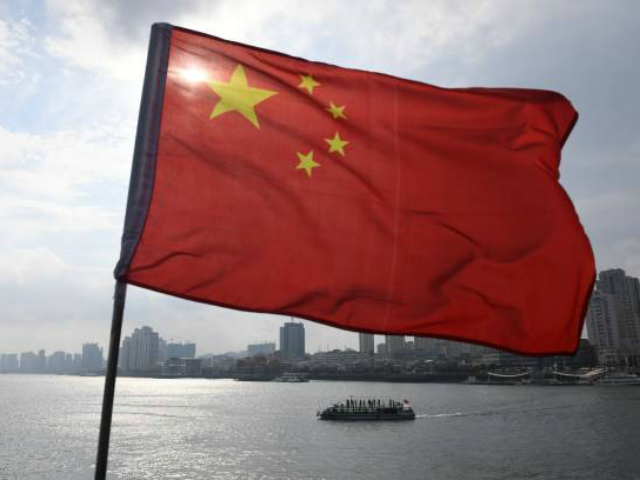The Trump administration on Tuesday announced the details of tariffs on some $50 billion of goods imported from China. The tariffs are aimed at unfair trade practices related to the forced transfer of technology and intellectual property.
The list released Tuesday by the Office of the U.S. Trade Representative includes 1,300 categories of products, including certain medical products, televisions, dishwashers, and automobile parts and chemicals. These would be subject to a 25 percent levy.
The tariffs do not immediately go into effect. Instead, they will go through a public comment period, including a public hearing on May 15. U.S. companies have until May 22 to raise objections. The U.S. could also drop the tariffs if it reaches a trade deal with China before they take effect.
Notably, the tariffs do not include mobile phones, which may minimize the impact on Apple and other mobile phone makers. As well, furniture and shoes–two other big categories of Chinese imports–are not included.
Last year, the U.S. ran a $375 billion trade deficit in goods with China. President Donald Trump has said he wants China to cooperate with his administration to reduce that by $100 billion. This could be accomplished by reducing Chinese exports to the U.S., by raising the number of U.S. goods China imports, or a combination of both.
The latest round of tariffs come after an investigation by the U.S. government found that China was forcing U.S. companies to transfer technology to China, which the U.S. government says is part of China’s scheme to become dominant in technology manufacturing. The USTR said Tuesday that the tariffs are “commensurate with an economic analysis of the harm caused by China’s unreasonable technology transfer policies to the U.S. economy.”
The Trump administration’s China trade policies are a marked departure from the past. Each of the Clinton, Bush and Obama administrations sought to further integrate China into the global trading system, largely ignoring statements from China that it sought dominance in many economic areas and downplaying the serious economic pain suffered by many Americans as trade with China expanded.
The Trump administration has recognized that China and the U.S. are effectively in an economic cold war, particularly when it comes to high-tech manufacturing. The Trump administration’s policies are aimed at preventing China from further endangering America’s technology dominance.

COMMENTS
Please let us know if you're having issues with commenting.